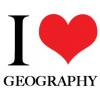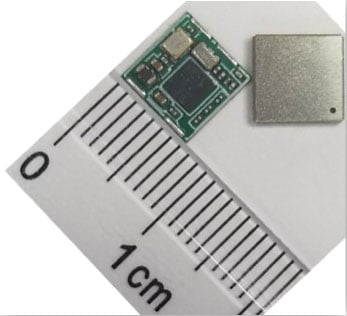- 0 replies
- 903 views
- Add Reply
- 0 replies
- 1,290 views
- Add Reply
- 0 replies
- 1,086 views
- Add Reply
- 2 replies
- 3,798 views
- Add Reply
- 0 replies
- 1,387 views
- Add Reply
Allystar launches tiny dual-band GNSS module

By Lurker,


TAU-0707 series GNSS module. (Photo: Allystar)
Allystar Technology Co. Ltd. has launched its smallest multi-band multi-GNSS module, the TAU-0707 series. Within its 7.6 x 7.6 millimeter size, the TAU-0707 series module supports major GNSS constellations (GPS / Galileo / GLONASS / BeiDou / QZSS / IRNSS) and all civil bands (L1, L2, L5, L6).
As the latest addition to Allystar’s GNSS portfolio, the TAU-0707 series module is a concurrent multi-band multi-GNSS receiver embedded with a cyno
NASA WorldWind Project Suspension

By Lurker,
realy sad news
WorldWind team would like to inform you that starting April 5, 2019, NASA WorldWind project will be suspended.
All the WorldWind servers providing elevation and imagery will be unavailable. While you can still download the SDKs from GitHub, there will be no technical support. If you have questions and/or concerns, please feel free to email at:
[email protected]
Update on March 21, 2019 - Answers to common questions about the suspension are av
roofs susceptible to be waterproofed by their spectral behavior
By MaruRG92,
Hi, I'm looking for a method to perform urban analysis with remote sensing, specifically I need to know how to use certain bands to see the viability of roofs susceptible to be waterproofed by their spectral behavior, for this I have Ikonos images like this https://drive.google.com/file/d/1LV_OVJhZ4f9ZqgQdnyv5At075jzH06iw/view?usp=sharing
On the other hand, I would need this analysis to be done with some free remote sensing software
Thanks a lot!
Process finished with exit code -1073741819 (0xC0000005)

By Arhanghelul,
I am trying to run a Python script in PyCharm using Pytnon 2.7 ArcGIS 10.6 as the project interpreter, but wen i run the script it stops after a short time and i get this message: "Process finished with exit code -1073741819 (0xC0000005)".
What is this ?
How can i solve this problem ?
Thank you.
GNSS chip Makers prepare for Galileo available in U.S.

By Lurker,
Following a waiver by the U.S. Federal Communications Commission (FCC) of its rules in November 2018, in which it allowed devices in the United States to access signals transmitted by the Galileo Global Navigation System, leading U.S. manufacturers are preparing to roll-out Galileo on U.S. territory.
At a meeting on Nov. 15 last year, the US FCC granted in part a request from the European Commission for a waiver of the FCC rules so that devices in the United States may access specific signa
-
Forum Statistics
8.8k
Total Topics43.5k
Total Posts


